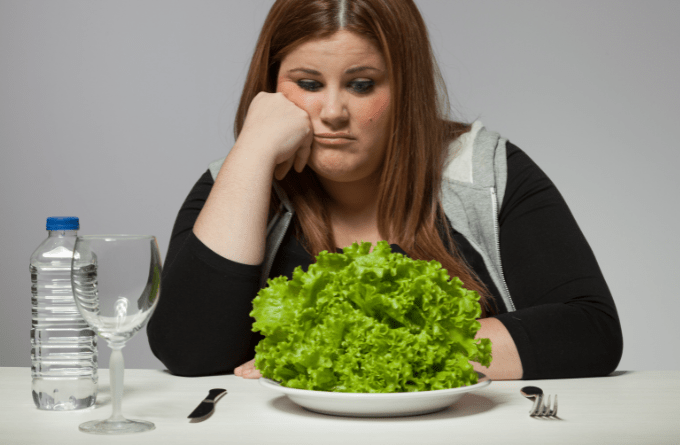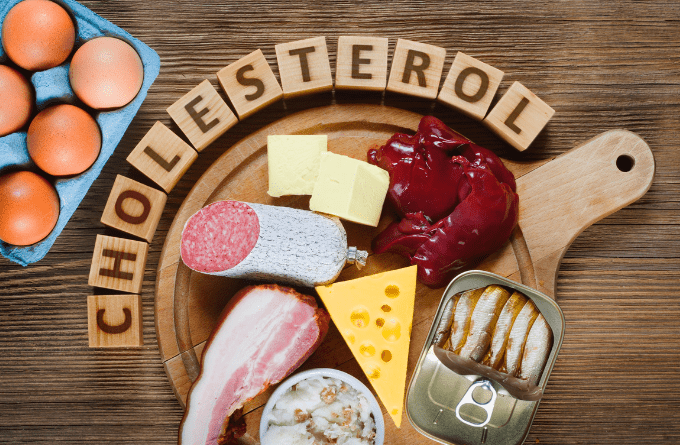
Table of Contents
ToggleLipedema Diet: Explore how a balanced diet aids in managing lipedema symptoms. Discover essential dietary components and meal planning tips for alleviating discomfort and enhancing overall health.
The Basics of Lipedema
Lipedema is a chronic condition that primarily affects women, characterized by an abnormal accumulation of fat cells in the legs, hips, and buttocks. It often leads to pain, tenderness, and swelling in the affected areas. While there is no known cure for lipedema, managing its symptoms through a healthy lifestyle, including a well-balanced diet, can significantly improve quality of life.
Understanding the Role of Diet
While diet alone cannot cure lipedema, it plays a crucial role in managing the condition. A lipedema diet focuses on reducing inflammation, improving circulation, and maintaining a healthy weight. By making strategic dietary choices, individuals with lipedema can alleviate symptoms and enhance their overall well-being.
Key Components of a Lipedema Diet
1. Anti-inflammatory Foods: Incorporating foods with anti-inflammatory properties can help reduce swelling and discomfort associated with lipedema. These include fatty fish like salmon, walnuts, turmeric, ginger, and leafy greens.
2. Whole Foods: Opting for whole foods, such as fruits, vegetables, lean proteins, and whole grains, provides essential nutrients and supports overall health. These foods are typically low in added sugars, unhealthy fats, and processed ingredients.
3. Hydration: Staying hydrated is vital for managing lipedema symptoms. Drinking an adequate amount of water helps flush out toxins, supports healthy circulation, and prevents fluid retention.
4. Portion Control: Maintaining a healthy weight is crucial for managing lipedema. Practicing portion control helps prevent excessive weight gain and reduces the strain on the affected areas.
Meal Planning Tips
When planning meals for a lipedema diet, consider the following:
1. Balanced Macronutrients: Aim for a balanced combination of carbohydrates, proteins, and healthy fats in each meal to promote satiety and maintain stable blood sugar levels.
2. Fiber-Rich Foods: Including high-fiber foods like whole grains, legumes, and vegetables helps regulate digestion and promotes a healthy gut microbiome.
3. Mindful Eating: Pay attention to hunger and fullness cues, and eat slowly to allow the body to register satiety. This helps prevent overeating and promotes better digestion.
4. Meal Prepping: Preparing meals in advance can make it easier to stick to a lipedema-friendly diet. It saves time, reduces the temptation to opt for unhealthy convenience foods, and ensures that nutritious options are readily available.
Supplements and Lipedema
While a well-rounded diet should provide most of the necessary nutrients, some individuals with lipedema may benefit from specific supplements. However, it is essential to consult with a healthcare professional before starting any new supplements. Common supplements that may be recommended for lipedema include omega-3 fatty acids, vitamin D, and bioflavonoids.
Exercise and Lipedema
Alongside a healthy diet, regular exercise is crucial for managing lipedema symptoms. Low-impact exercises, such as swimming, cycling, and walking, can help improve circulation, reduce pain, and promote overall fitness. It is important to start slowly and gradually increase intensity to prevent overexertion or injury.
Maintaining Emotional Well-being
Coping with a chronic condition like lipedema can take a toll on emotional well-being. It is important to prioritize self-care and seek support from healthcare professionals, support groups, or therapists. Engaging in activities that bring joy and practicing stress-reducing techniques, such as meditation or yoga, can also contribute to overall well-being.

Interesting Fact: Dietary Impact on Lipedema
A well-structured diet can effectively alleviate swelling and discomfort associated with lipedema, significantly enhancing one’s quality of life.
Useful Information: Key Components of a Lipedema Diet
Focus on anti-inflammatory foods, hydration, and portion control to manage lipedema symptoms and maintain a healthy weight.
Did You Know: Meal Planning for Lipedema
Balanced macronutrients, fiber-rich foods, mindful eating, and meal prepping significantly contribute to a lipedema-friendly diet.
Lipedema Diet FAQs
1. Can a specialized diet cure lipedema? A lipedema diet helps manage symptoms but does not offer a cure.
2. How does hydration affect lipedema? Proper hydration aids circulation, toxin elimination, and reduces fluid retention.
3. Why is portion control vital for lipedema management? Managing portions helps maintain a healthy weight, easing pressure on affected areas.
4. Are supplements recommended for a lipedema diet? Consult a healthcare professional; omega-3s, vitamin D, or bioflavonoids may be suggested.
5. Which exercises are suitable for managing lipedema? Low-impact exercises like swimming, cycling, and walking improve circulation and alleviate pain.
Conclusion
While there is no one-size-fits-all approach to managing lipedema, adopting a healthy diet that focuses on reducing inflammation, maintaining a healthy weight, and supporting overall well-being can significantly improve symptoms and quality of life. By making informed choices and seeking guidance from healthcare professionals, individuals with lipedema can take control of their condition and lead fulfilling lives.






